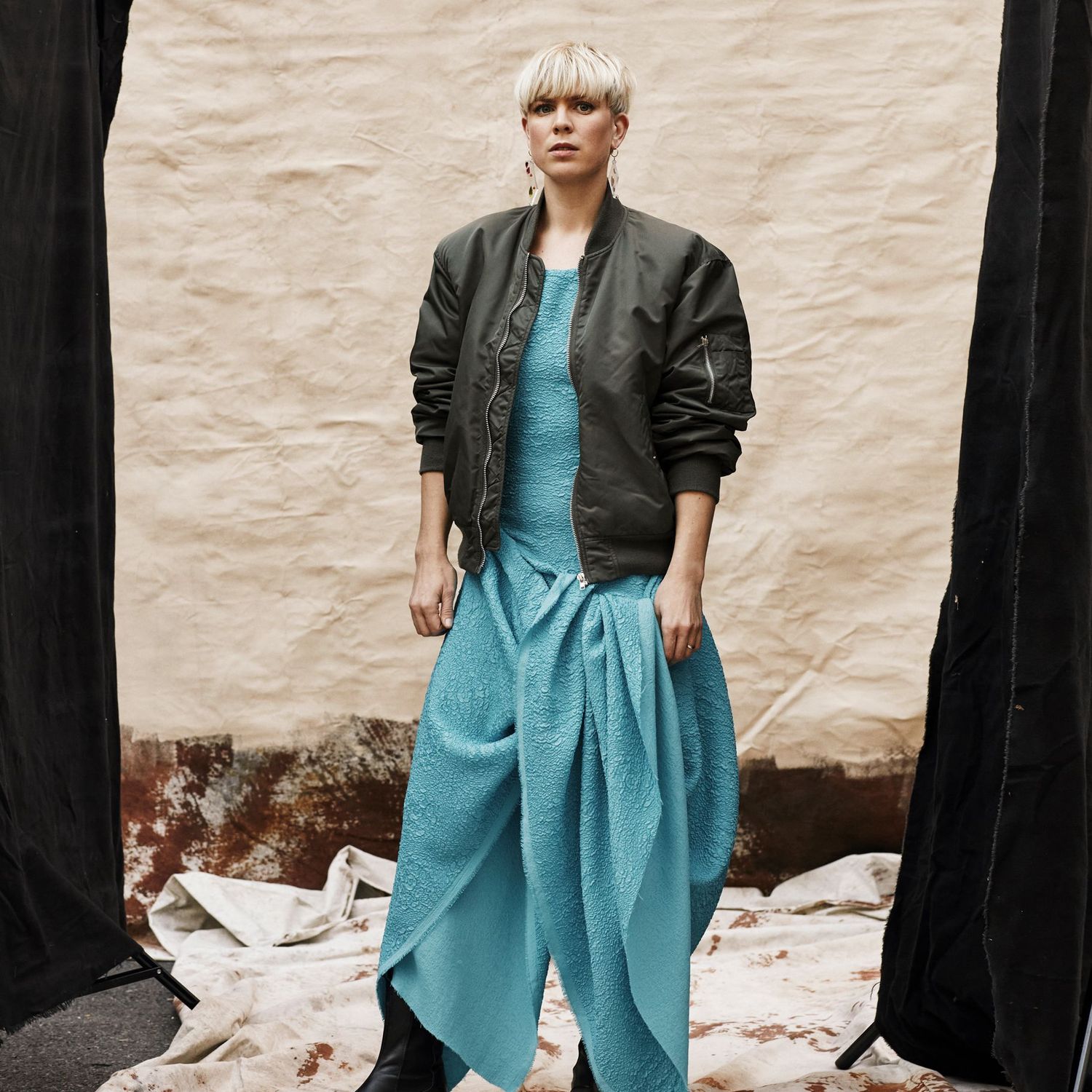As the Swedish artist prepares herself to show at Stockholm’s Market Art Fair, we sit down with Ragna Bley to chat Oslo’s DIY mentality, getting inspired by Marie Antoinette and creating with cake
Ragna Bley is a name that the art world is sitting up and taking note of. The Swedish native, who calls Oslo her home, can already cite major exhibitions at Malmö Konsthall, Oslo’s Kunstnernes Hus and most recently her first solo show with the heavyweight Pilar Corrias Gallery in London. And there is more to come.
Bley’s path to becoming an artist is one she only now sees as both planned, and simultaneously haphazard. She grew up outside of Norrtälje, north of Stockholm, in the countryside close to the Archipelago. “It is the type of place where it’s a 1.5 km hike to the nearest bus stop and the bus runs four times a day,” laughs Bley. Slightly isolated, and longing to breathe, she bought a moped the same day she turned 15, later moving to Stockholm at an early age to attend high school, followed by a move to Norway when she was accepted at the Norwegian National Art Academy.

Photo: Lars Petter Pettersen; courtesy of the artist and OSL Contemporary

Photo: Carsten Salbo
Of that time, she says: “I realised that to be an artist is what I most wanted to do, and that I’d rather leave the art world, than work within it in any other capacity than as an artist.”
After applying to several master’s programs, she wound up at the Royal College of Art in London, but it was her time living and working in Norway that ended up having the most significant influence on her work. “I believe that the space that existed for artists in Oslo has been very important for me. There is a definite ‘do it yourself’ mentality here; you spend time making your own exhibitions, forming your own collaborations and interactions with audiences. I encountered several public failures when trying to make exhibitions early on, which I think creates another mindset on what the interface with an audience might be,” she explains.
Bley is first and foremostly a painter: “It is just the most fun, and for me the hardest thing to make." Her seemingly serene paintings have the ability to create a sense of calm and arouse excitement in the viewer, all at once. It's a feeling that is indicative of her whole practice. In addition to her large scale, ephemeral paintings, Bley also expresses herself through intricate, edible sculptures made from cake, which she started creating whilst on residency at Rupert, an art residency in Vilnius, Lithuania.

Photo: 'Low Sky Calling'; Courtesy of the artist

Photo: Uli Holz Kunstnernes Hus
Galvanised by an interest in the social and more aesthetic side of eating, she started to investigate the possibility of working with material you can consume. A move from painting towards edible art came about through Bley’s interest in Instagram’s transformation stories and reading about Marie Antoinette. Central to her pieces became the phrase ‘Let them eat cake,’ which has been ascribed as the response Marie Antoinette gave when faced with starving people in 18th century France called desperately for bread.
“The quote has nevertheless become the ultimate expression of tone-deafness, discrepancy, and lack of understanding by the ruling classes. Many people in power had been accused of the same ignorance, like the ancient Chinese Emperor Hui from the Jin dynasty,” Bley says. She also started exploring how this disconnect would materialise, or be verbalised, in the present climate. “This was just after Trump had come to power in the US… and how historically, food and royal dinners were a spectacle, entertainment and a show,” says the artist.

Photo: Nolwenn Salun

Ragna Bley performing 'Wiggle Wiggle' at Corridor Project Space in Amsterdam. Photo: Nolwenn Salun
Since then, she has also worked with jelly and agar-agar, using the material in different settings and creating large installations. “It allows for a different way of thinking when something is just supposed to last for a short amount of time - an evening… and interacting with an object that changes shape when you dig into it,” Bley says.
Her process often starts with reading books and essays. She explains how “mostly it is an oscillation between gathering references and impressions, and later through a process of getting rid of critical thinking or ideas of how something is supposed to look like or be.” When it comes to creating, Bley doesn’t tend to think in terms of themes; her paintings aren’t necessarily about anything, she says, rather the work just is. Drawing heavily on the language of painting “like the effects of a good song – the way it’s sung and how the music is inseparable from the text and its supposed meaning.”
Bley divides most of her time between the studio and her family, although she gives the impression that she finds it hard to take a break from her work. But all creators need peace and space to breathe and find inspiration, so where does she get hers? “I have a love-hate relationship with my studio. There are a few beaches and places in the forest close to where I live that are special to me,” she says, adding, “and I always like a good sauna.”
See Ragna Bley’s work at the OSL Contemporary’s booth at Market Art Fair in Stockholm in May.
